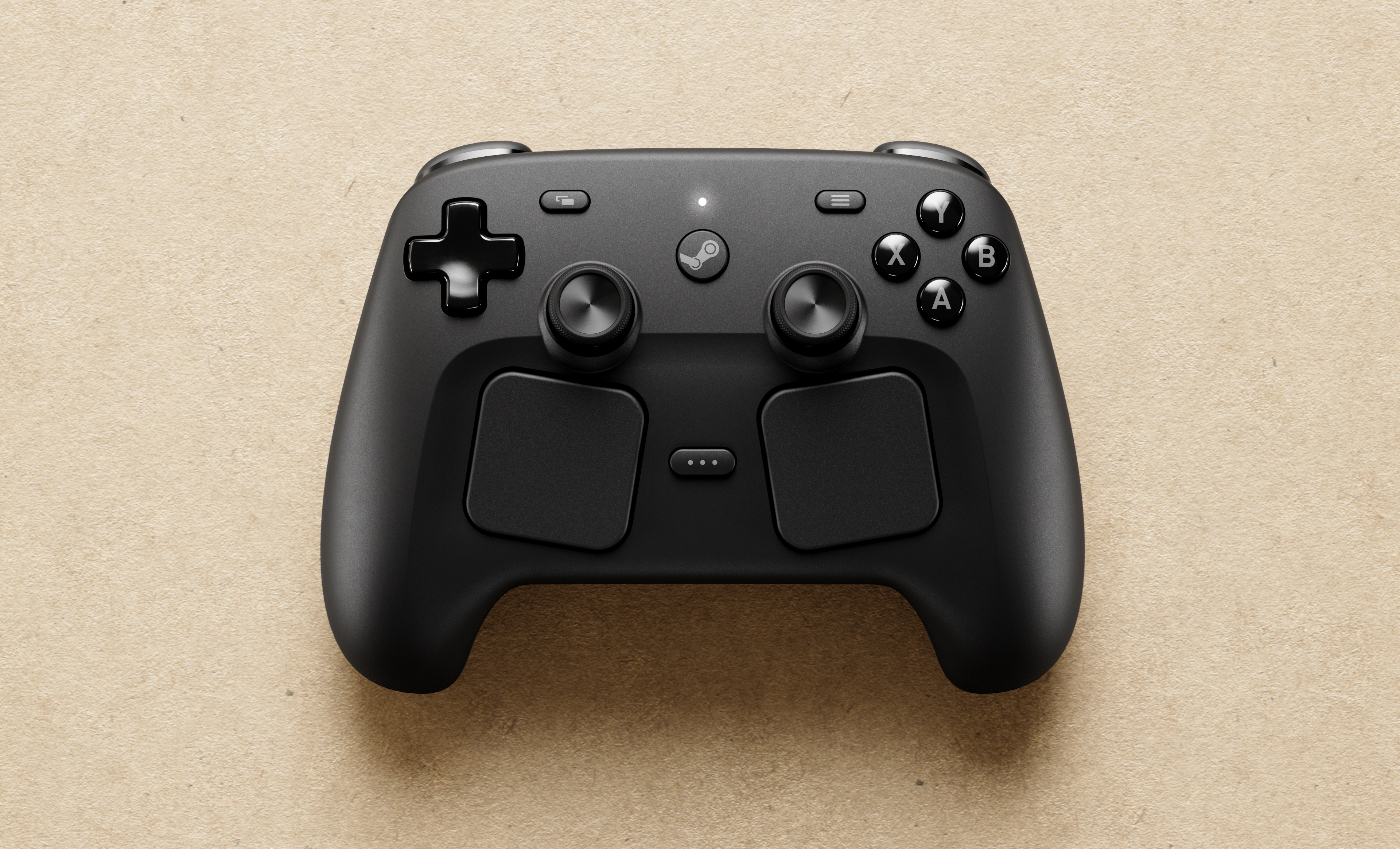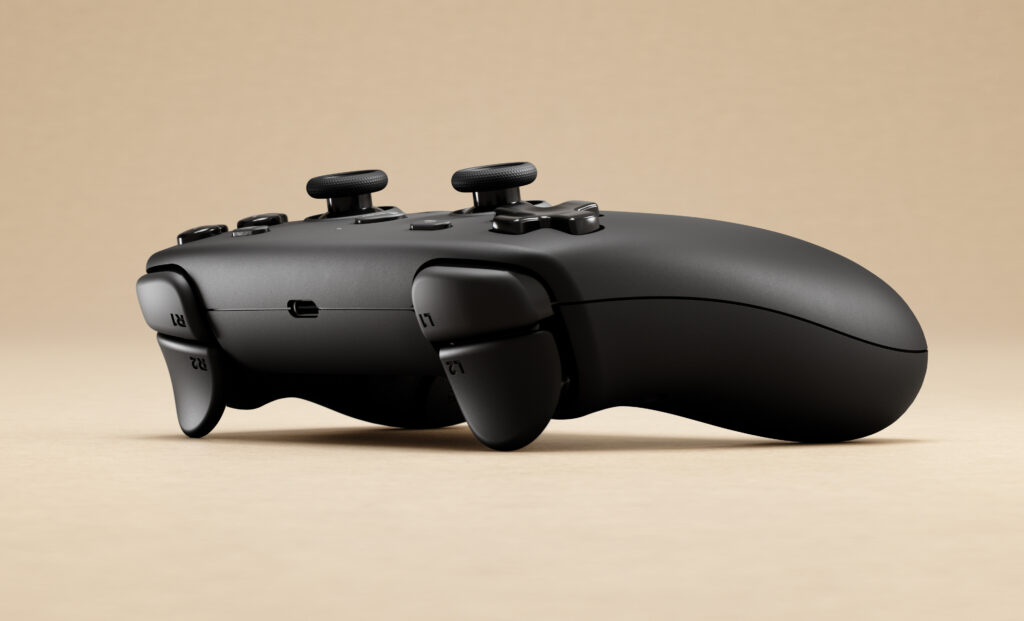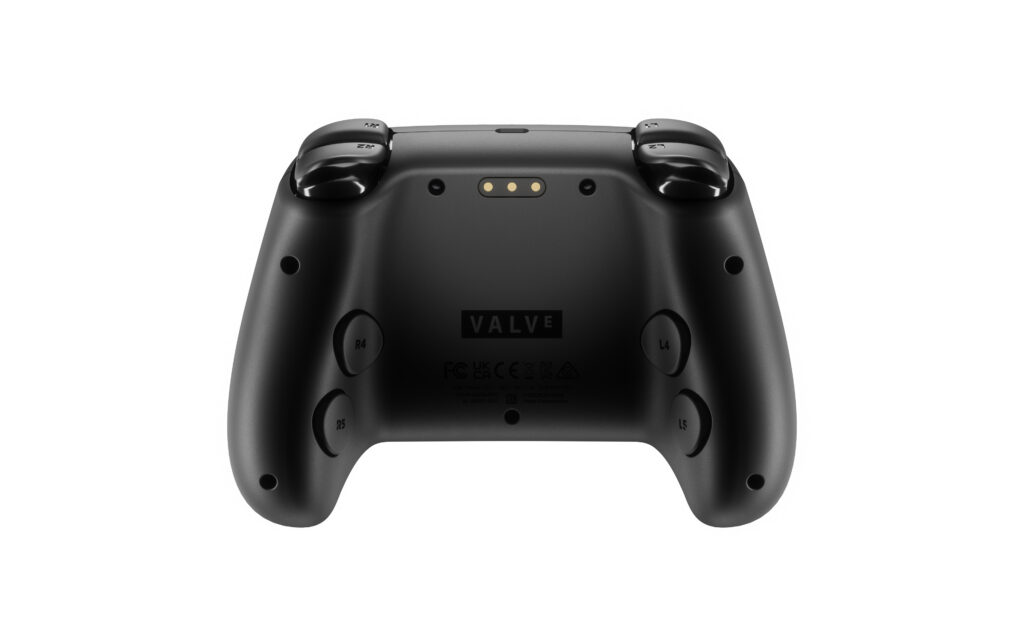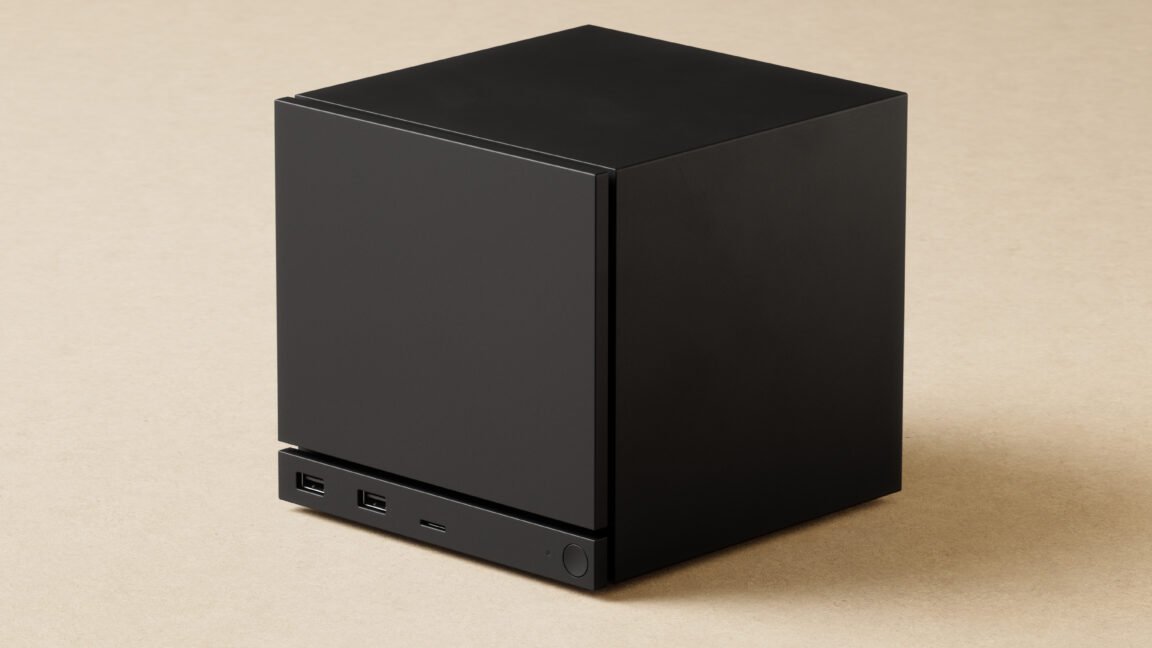take control
While the Steam Machine will be able to connect to standard USB and Bluetooth PC controllers and peripherals, it has been designed with the brand new Steam Controller in mind. And while both pieces of hardware will be sold separately, they will also be available in a bundle for gamers who want an all-in-one living room gaming solution.

If it weren’t for those touchpads, it would be hard to distinguish this gamepad from many other modern controllers.
valve
If it weren’t for those touchpads, it would be hard to distinguish this gamepad from many other modern controllers.
valve

Seriously—from this angle, it’s very hard to tell it apart from many other console controllers.
valve
Seriously—from this angle, it’s very hard to tell it apart from many other console controllers.
valve

Four programmable grip buttons on the back.
valve
Four programmable grip buttons on the back.
valve
Seriously—from this angle, it’s very hard to tell it apart from many other console controllers.
valve
Four programmable grip buttons on the back.
valve
The new Steam Controller (not to be confused with the similarly named older Steam Controller) will use a proprietary 2.4 GHz wireless connection that allows for an end-to-end latency of approximately 8 ms between a button press and the resulting signal received by the system. A radio for that connection will be built into the Steam Machine, but it will also be available through an included “plug and play” Steam Controller Puck that can support up to four wireless controller connections.
Without the puck, the new Steam Controller can still connect to PCs (including portable gaming PCs) and smartphones via Bluetooth or a wired USB connection. And while console connections are technically possible, Valve software engineer Pierre-Loup Griffais and designer Lawrence Yang told Ars via email that it would “require collaboration with the vendor” which the company would be “happy to discuss… if it comes up.”
The most striking feature of the Steam Controller are the dual touchpads beneath the thumbsticks, which mirror similar, albeit somewhat lesser-used control options on the Steam Deck. Each touchpad will come with its own haptic motor for “HD tactile feedback” that should feel like rolling a clicky trackball under your thumb (two more haptic motors in the grips handle feedback output from the game).
Additionally, the Steam controller feels much more standardized than Valve’s last attempt at a controller. It has thumbsticks, a D-pad, face buttons, and shoulder buttons pretty much as you’d expect, along with four programmable “grip buttons” on the back of the controller. The familiar Steam, View, Menu, and QAM (aka “three dots”) buttons for quick access to useful SteamOS functions also come from the Steam Deck.
